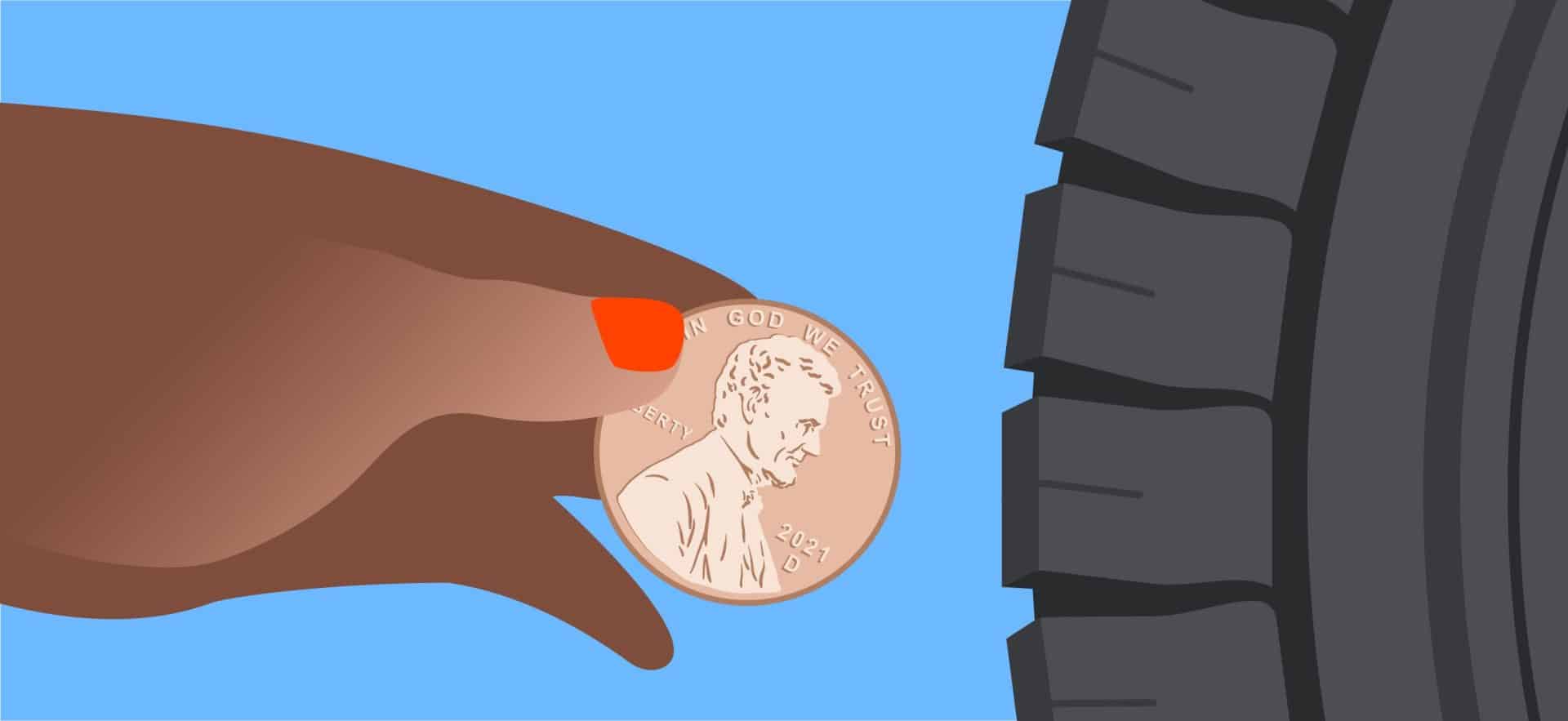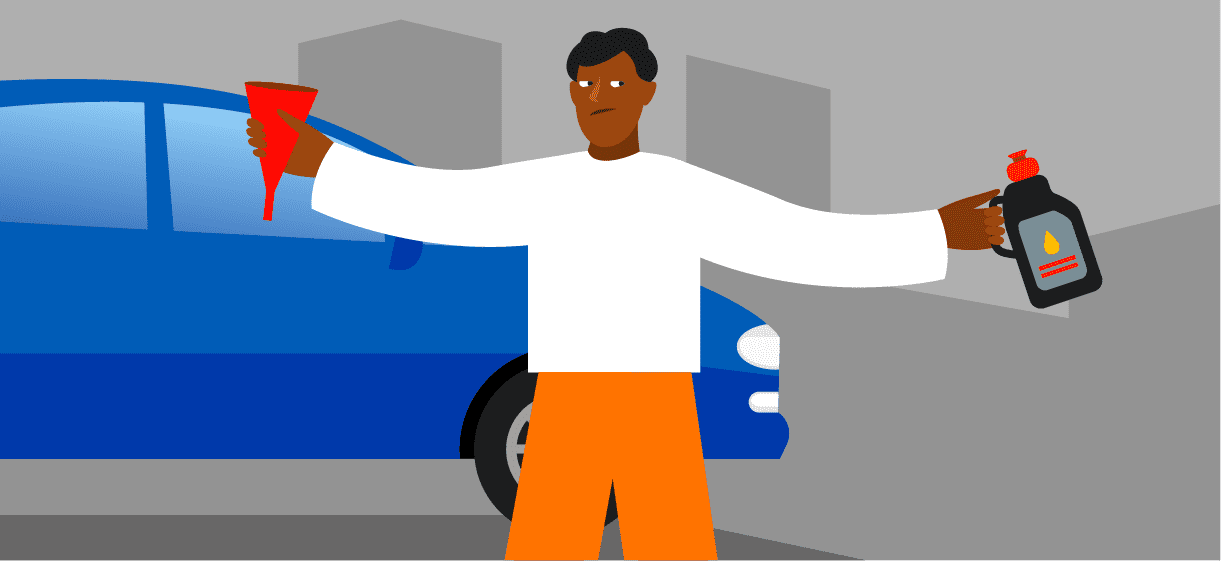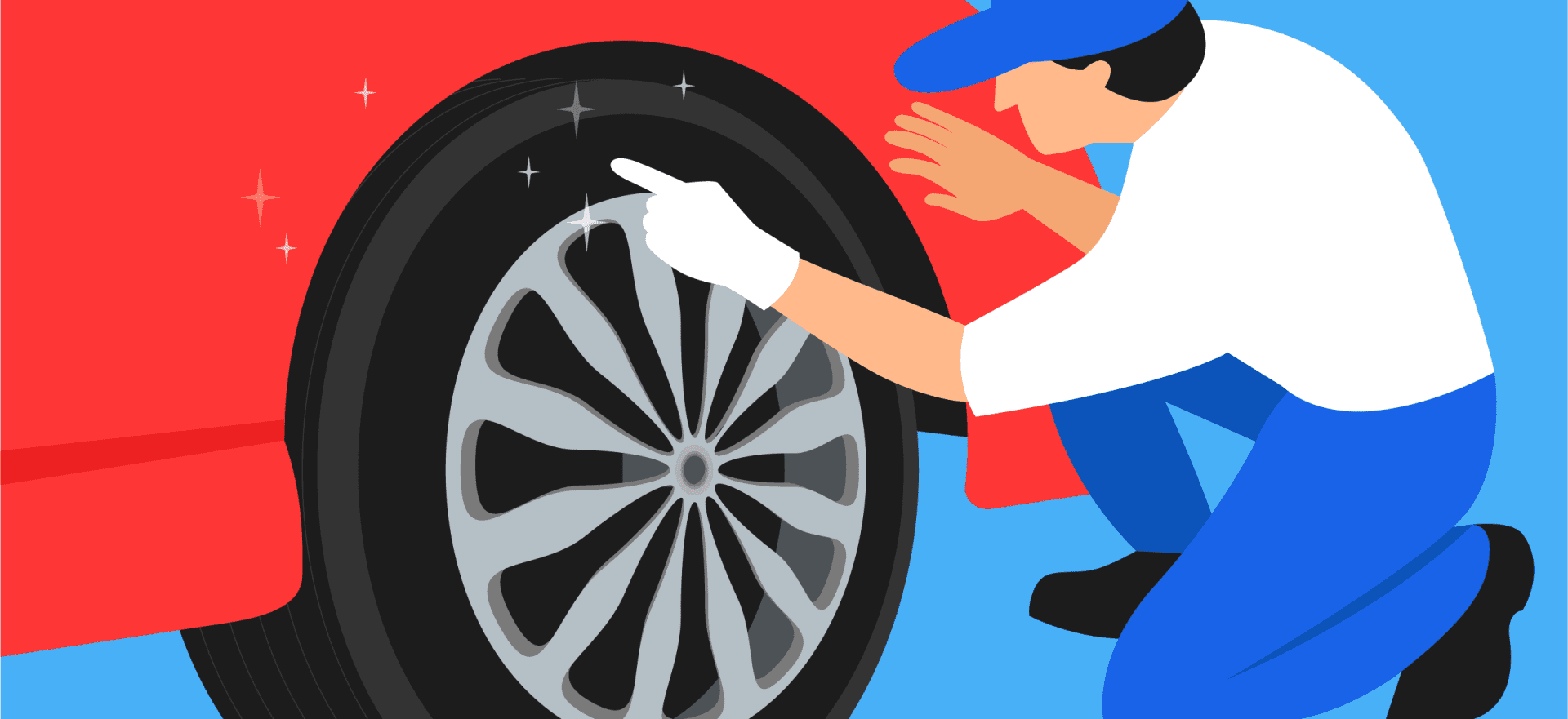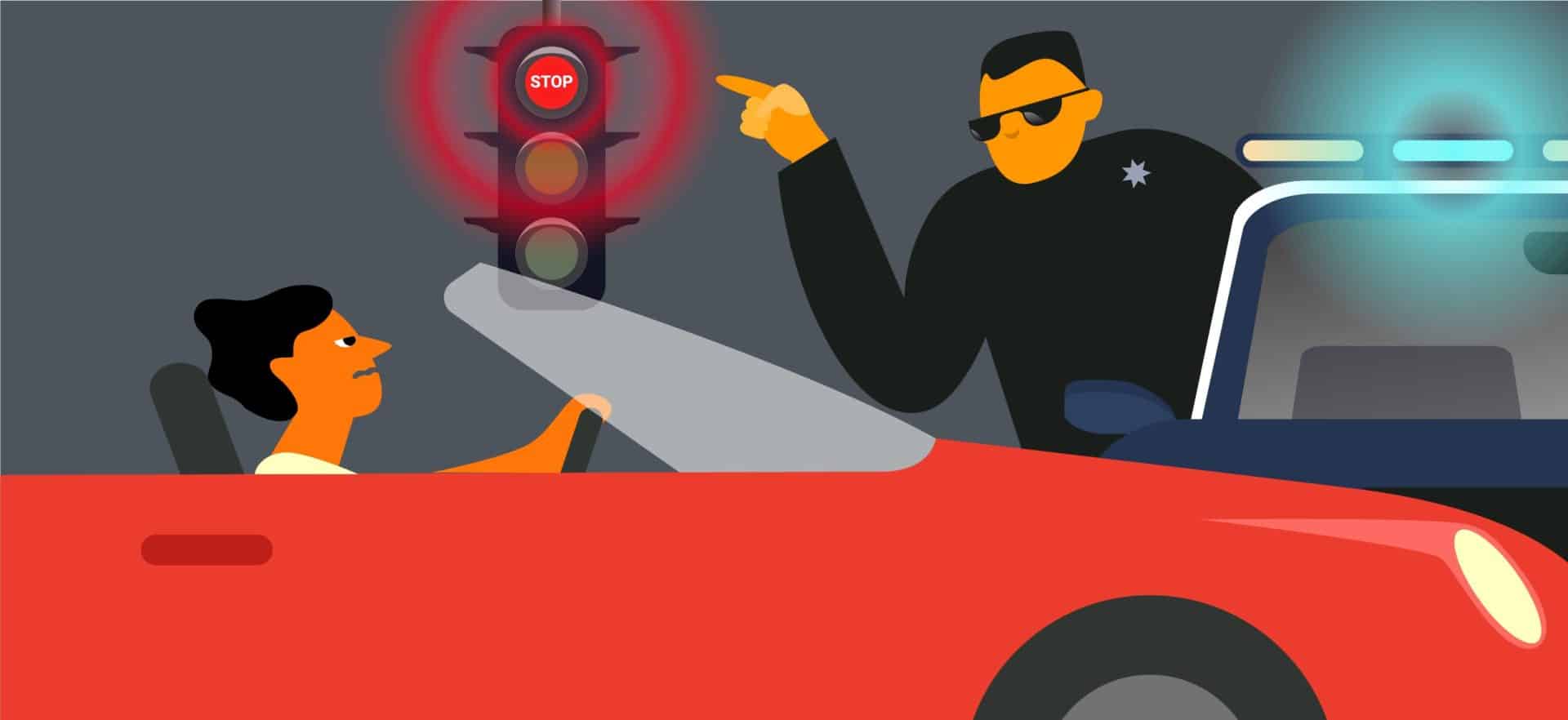Are you aware that properly inflated tires are key to your vehicle’s safety, fuel efficiency, and longevity? With rising fuel prices and the ever-present risk of accidents due to tire failure, understanding how to check tire pressure has never been more critical.
It’s not just about avoiding the inconvenience of a flat tire; it’s about ensuring a safer, more economical driving experience. This comprehensive guide will walk you through why regular tire pressure checks are indispensable, how often you should perform them, and the most accurate ways to measure tire pressure, whether you’re at home or on the go.
Plus, stick around for expert recommendations on the best tire pressure tools to keep in your maintenance arsenal. Let’s dive into the essentials of tire pressure management and help you drive with confidence and efficiency.
For those looking to expand their vehicle maintenance knowledge further, explore our detailed guides on how to change your tire and how to clean your tires for comprehensive care tips. Let’s dive into the essentials of tire pressure management and help you drive with confidence and efficiency.
Traffic school can help you keep a clean driving record, prevent insurance increases, and more!
Why Do You Need to Check Tire Pressure?

Riding on over or underinflated tires can lead to a variety of issues. According to Team Ryan Automotive, there are three main reasons to keep your tire pressure at the manufacturer’s recommended level:
1. Accident prevention: If you’re riding on an underinflated tire, the weight of your vehicle will put extra strain on the tire’s treads, leading to them becoming worn down quickly. When treads start to wear out, your vehicle’s handling will suffer and can potentially cause an accident. Conversely, overinflated tires are at increased risk of a blowout and can affect a vehicle’s handling.
The NHTSA has reported that under-inflated tires increase the risk of tire blowouts. Tires that are under-inflated by 25% or more are considered significantly more at risk of failure than tires properly inflated.
2. Improved fuel economy: With prices at the pump being up, doing the basics to keep your car’s fuel economy as efficient as possible should be a no-brainer. Tires at a lower pressure require more gas to go, so you may find yourself at the pump more often if your tires also need to fill up.
The U.S. Department of Energy has stated that properly inflated tires can improve fuel efficiency by up to 3%. Under-inflated tires can lower gas mileage by about 0.2% for every 1 psi drop in the average pressure of all tires.
3. Avoiding uneven wear and tear: As mentioned before, an underinflated tire takes on more of the vehicle’s weight than at the proper level. If even just one of your tires is at a lower pressure, it will wear faster than the others and sooner require replacement.
How to Find the Recommended Tire Pressure

Every car is different, and each manufacturer will have their own recommended tire pressure for individual makes and models. Larger cars that haul things like a truck will typically need a higher pressure than a small sedan, but there are always exceptions to the rule, so it’s best to stick with the manufacturer’s recommended tire pressure.
According to Allstate, there will typically be a sticker inside the driver’s side door of the vehicle that has the information you need. It can also be found inside your owner’s manual or occasionally on the tire’s sidewall on a sticker. Bear in mind some cars will have different pressures for the front and rear tires. When in doubt, it’s best to find the original owner’s manual for the car online or at the dealer to be sure – accidentally overinflating a tire can lead to just as many problems as leaving it with too little pressure.
Understanding Tire Pressure Gauges: Digital vs. Analog
Maintaining correct tire pressure is pivotal for the safety and efficiency of your vehicle, and the tool you use to measure this pressure plays a crucial role in this maintenance task. Tire pressure gauges come in mainly two types: digital and analog. Understanding the differences between these can help you choose the right tool for your needs and ensure you’re reading your tire pressure accurately.
Digital Tire Pressure Gauges
Digital gauges are known for their precision and ease of use. Featuring an LCD display, these gauges provide tire pressure readings in a clear, easy-to-read format, often down to the decimal point. This precision allows for more accurate adjustments to your tire pressure, ensuring optimal performance and safety of your vehicle. Many digital gauges also come with additional features such as backlit displays for nighttime use, automatic shut-off to conserve battery life, and sometimes even temperature readings.
How to Read a Digital Gauge: Simply turn on the gauge, place it on the valve stem, and read the displayed number. The measurement is typically shown in PSI (pounds per square inch), making it straightforward to compare against your vehicle’s recommended tire pressure.
Analog Tire Pressure Gauges
Analog gauges, often referred to as manual gauges, use a physical dial to indicate tire pressure. These devices are durable, often not requiring batteries, making them reliable in various conditions. Some drivers prefer analog gauges for their simplicity and the tactile experience they offer.
How to Read an Analog Gauge: When using an analog gauge, ensure it is firmly pressed against the valve stem to get an accurate reading. The needle will move to reflect the tire’s pressure. Read the number where the needle points on the dial, which, like digital gauges, is usually in PSI.
Remember, checking your tire pressure regularly with a reliable gauge is one of the simplest yet most effective ways to keep your vehicle safe and efficient on the road.
How to Check Tire Pressure
Maintaining the right tire pressure is not only essential for your vehicle’s health but also ensures safety on the road. Regularly checking your tire pressure ensures that your tires wear evenly, helps in fuel efficiency, and provides optimal braking performance. Additionally, it minimizes the risks associated with under-inflated or over-inflated tires, such as tire blowouts.
A common query that many vehicle owners have is, “how to check tire pressure?” Let’s address this in detail.

You’ll first need access to a tire pressure gauge to check tire pressure. These can be found at your local automotive parts store or a service station. If you’re in a bind and don’t have access to a tire pressure instrument, you can use your thumb or hand to apply some pressure and see if your tire is soft or extremely firm.
A properly inflated tire should be somewhere in the middle, but for best results, use a gauge to see if they’re at the manufacturer’s recommended level is a must.
Here are some step-by-step instructions for checking tire pressure with a gauge:
1. If possible, begin with cold tires: According to Firestone, car manufacturers list the recommended psi (pounds per square inch of pressure), assuming the tires are cold. This doesn’t exactly mean physically cold, but that the car has not been driven in more than three hours or less than a mile at a low or moderate speed. Checking tire pressure after having just driven can lead to unreliable results.
2. Double-check the manufacturer’s recommended psi: Check the recommended tire pressure settings again on the driver’s side door or in the owner’s manual. Note whether or not the back and front have different pressures, then write them down.
3. Remove the ball cap from the tire: Next, go to an individual tire and turn the ball cap on the tire’s port to the left to unscrew it. Place it in a location you won’t lose, like your pocket or a cup holder.
4. Screw on your tire pressure instrument: Screw the tire pressure gauge onto the port, allowing it to push down on the valve stem. You’ll hear a hissing sound from air escaping as you get it tighter. Securing it tight will keep any more air from leaking out.
5. Record your reading: Write down next to the recommended manufacturer’s level and compare it to the reading on your gauge to determine if your tires have too much or too little air.
6. Replace the ball cap: Before you’ve moved on to the other three tires, replace the ball cap and tighten it onto the stem. Driving without ball caps can lead to air leaking out of the valve stem over time.
7. Repeat steps 3 through 6 for the remaining tires: Now, you only need to repeat the process for the rest of your tires. This is also a good time to examine the treads on your tires and see what kind of wear they’ve undergone.
How to Check for Tire Pressure at a Gas Station

If you don’t have access to a tire pressure gauge at home, most service stations, gas stations, or car washes will have a compressed air machine to inflate tires. Some offer free air, while others may require a small payment. Many of these machines have a digital display that will read your tire’s pressure and allow you to set an exact psi to fill them to.
When following the steps to check tire pressure, attach the hose to the valve stem in step 4 and get the reading off the digital display on the compressed air machine. Be sure to follow each machine’s instructions and safety considerations, as types vary.
How to Inflate Your Car’s Tires

If, after checking your tire’s pressure, you find that it’s low, find an air compressor and follow these steps to inflate your car’s tires:
1. When using a compressed air machine at a service station, pull your car close enough that the hose can reach all your tires. If using a portable machine, park with enough space on each side to access your tires.
2. Remove the ball caps and hook up the hose to the valve stem, taking note of the current air pressure and setting the desired pressure to the manufacturer’s setting.
3. Inflate the tire – some hoses will fill automatically, while others will require holding down a lever or button. Either hold down or allow the hose to run until you’ve reached the manufacturer’s recommended setting.
4. Remove the hose, recheck the tire pressure if necessary, and put the ball cap back on.
5. Repeat steps 1 through 4 for the remaining tires.
How to Release Air From Tires

Found that you’ve been driving on overinflated tires? Follow these steps to release air and get down to a safe pressure:
1. If you accidentally leave too much air, be sure to park near or have access to an air compressor before you begin. Then, remove the ball cap and use a tire pressure instrument to check pressure levels.
2. Take off the gauge and use a flathead screwdriver to slowly depress the pin in the center of the valve stem. It will begin to hiss, and air will release from the tire.
3. After a few seconds, reconnect your tire pressure instrument and check the new pressure level.
4. Repeat these steps until you’ve gotten to the manufacturer’s recommended psi, then replace the ball cap.
When Should You Check Your Tire Pressure
Allstate recommends that you check your tire pressure cold (the car has been off and parked for at least three hours) with a tire pressure gauge once a month. They also suggest that you check them even when the tire doesn’t look low, as it can be hard to tell with just a visual inspection.
It’s also good practice to check after driving in rough conditions, running over something, or hitting a curb. Many newer vehicles will have a light on the dashboard that indicates if a tire is too low or too high. Check your owner’s manual to see if yours has that light or any other digital monitoring system.
Best Tire Pressure Instruments
Looking for the best products for checking tire pressure? Here are three of our favorite products based on our in-depth market research:
1. Motion Pro Digital Tire Pressure Gauge
If you want a top-of-the-line product with a simple, easy-to-read gauge to check tire pressure anywhere, Motion Pro’s digital tire pressure gauge is one of the best on the market. With an extremely precise digital readout that gets down to the 100th of a psi, you can be sure you’re riding on tires that will give you precision handling and the best fuel economy. A programmable display allows for continuous readouts or retains the maximum pressure reading until a reset.
This gauge is one of the highest rated on Amazon. One of the five-star reviews praises how accurate this tool is: “This thing is my new favorite tool. It is just absolute top quality in every way shape and form, and makes the chore of checking tire pressure so much more pleasant! Particularly at the track where I might be checking my pressures before and after every single session, this gauge is so easy to use and to read, I seriously love it, and would tell anyone I know who is serious about riding to get one.”
2. JACO FlowPro Tire Inflator with Pressure Gauge
Looking for something that you can hookup inline with your air compressor? JACO’s FlowPro Tire Inflator is the product for you. The heavy-duty, steel gauge has a precise thumb trigger that allows you to fill the tire exactly where you need it. Or, use the built-in air bleeder to lower your tire’s pressure and avoid a blowout.
One of the coolest things about this gauge is the “Lightning Chuck”, a patented locking mechanism with a quick time release, allowing you to connect and release with ease and avoid losing air in the process. All of this comes at an affordable price and with a 100% lifetime warranty from JACO!
3. LOKITHOR JA301 Jump Starter with Air Compressor
For anybody wanting to ride with confidence and never have to worry about finding a service station with an air compressor, LOKITHOR has an all-in-one product that has you covered. Built-in to this machine is a tire inflator that can provide up to 150 psi of pressure and inflate a tire in less than 5 minutes.
One of the best features of the tire inflator is that you can preset to the manufacturer’s recommended tire pressure, then it will fill and shut itself off when it’s reached the preset. Also included are helpful features like a LED flashlight, charging block for devices, and battery jump starter. This product gives you peace of mind on a long road trip or when you’ll be driving or camping in a remote area.
Frequently Asked Questions
1. How often should I rotate my tires?
It’s recommended to check your tire pressure at least once a month and before long trips. Tire pressure can fluctuate due to changes in outside temperature, so regular checks ensure consistent, proper tire inflation and optimal vehicle performance.
2. What are the signs of improper tire inflation?
Signs of improper tire inflation include:
- Uneven Tire Wear: One of the most noticeable signs. If the center of the tire wears more than the edges, it’s over-inflated. If the edges wear more than the center, it’s under-inflated.
- Reduced Fuel Efficiency: If you notice a sudden drop in miles per gallon, it might be due to under-inflated tires.
- Vibrations While Driving: Over-inflated tires can lead to a less comfortable ride and noticeable vibrations.
- Visible Tire Damage: Bulges, blisters, or cracks on the tire surface can indicate severe under-inflation or damage.
3. Is it normal for tire pressure to decrease in cold weather?
Yes, it’s normal for tire pressure to decrease in cold weather. For every 10°F drop in temperature, tire pressure can decrease by about 1-2 psi. Cold air contracts, reducing the volume and pressure inside the tire. It’s essential to check tire pressure regularly during colder months to ensure safe driving and maintain optimal tire performance.
4. How often should I check my tire pressure?
It’s recommended to check your tire pressure at least once a month and before any long trips. Tire pressure can change with fluctuations in temperature or with normal driving conditions, making regular checks essential for maintaining optimal tire performance and safety.
5. When is the best time to check my tire pressure?
The best time to check your tire pressure is when the tires are cold, meaning the car has not been driven for at least three hours. This provides the most accurate reading, as driving heats up the tires and increases the pressure inside them.
6. How do I find the recommended tire pressure for my vehicle?
The recommended tire pressure for your vehicle can usually be found on a sticker inside the driver’s side door or in the vehicle’s owner’s manual. Some vehicles might also list it on the inside of the fuel hatch. Remember, the recommended pressure is based on cold tires.
7. Is it safe to drive with a tire pressure warning light on?
If your tire pressure warning light comes on, it’s a sign that one or more of your tires are significantly underinflated or overinflated. You should stop at the nearest safe location to check your tire pressure and adjust it as needed. Driving on tires with incorrect pressure can lead to tire failure and accidents.



































































































